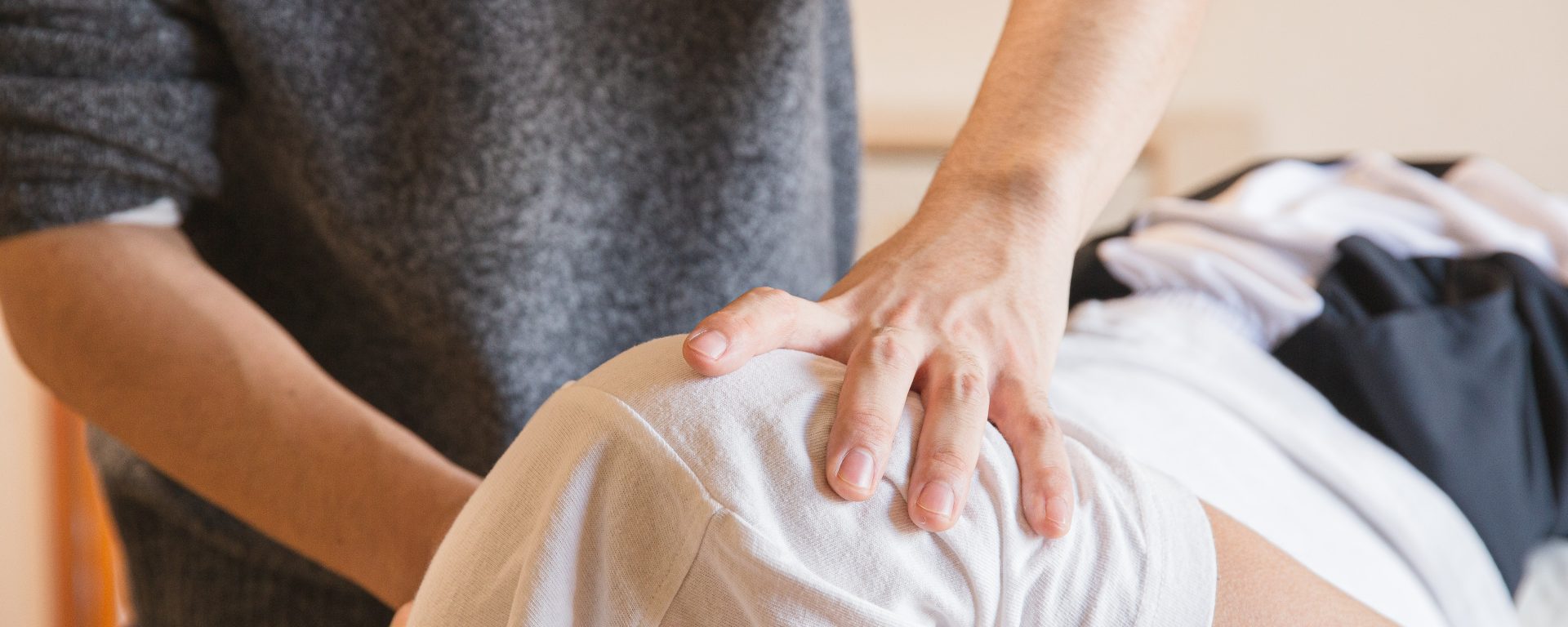Subacromial pain syndrome (SAPS) is a common shoulder condition that affects individuals of all ages. It is characterized by pain and weakness in the shoulder, limiting the range of motion and causing discomfort during daily activities. Physical therapy is often recommended as a treatment option for SAPS, but it is unclear whether adding joint mobilization to a home training program provides additional benefits. Recently, Eliason et al. (2022) conducted a randomized controlled trial to compare the effectiveness of home training alone, home training with add-on joint mobilization, and no physical therapy on shoulder function and pain in patients with SAPS.
Eighty-nine primary care patients with SAPS, with an average age of 45 years, were recruited for the study. All participants had been experiencing symptoms for an average of 23 weeks. They were randomly assigned to one of three groups: home training only, home training with add-on joint mobilization, or no physical therapy. Home training consisted of exercises performed twice a day for 12 weeks, while joint mobilization was performed in addition to home training for the second group. Shoulder function and pain were evaluated using the Constant-Murley score, pain assessment, and active range of motion at baseline, 6 weeks, 12 weeks, and 6 months.
The study found no significant differences in the total Constant-Murley score between the three groups at any time point. However, all groups showed improvement over time. The add-on joint mobilization group demonstrated a clinically important change in the Constant-Murley score at 12 weeks. The subscale pain assessment revealed that both intervention groups reported less pain after 12 weeks compared to the reference group.
The study concluded that home training alone was not superior to no treatment, as evaluated by the total Constant-Murley score. However, home training with or without add-on joint mobilization may decrease pain compared to no treatment. The findings suggest that joint mobilization may have additional benefits in reducing pain in patients with SAPS, but further research is needed to fully understand its effectiveness in improving shoulder function.
Reference: Eliason A, Werner S, Engström B, Harringe M. Home training with or without joint mobilization compared to no treatment: a randomized controlled trial. J Phys Ther Sci. 2022 Feb;34(2):153-160. doi: 10.1589/jpts.34.153. Epub 2022 Feb 23. PMID: 35221520; PMCID: PMC8860700.
